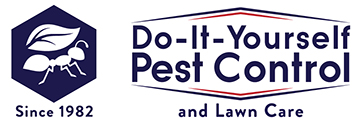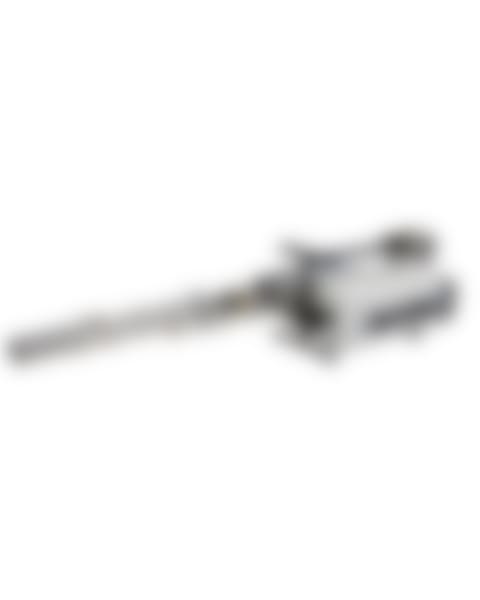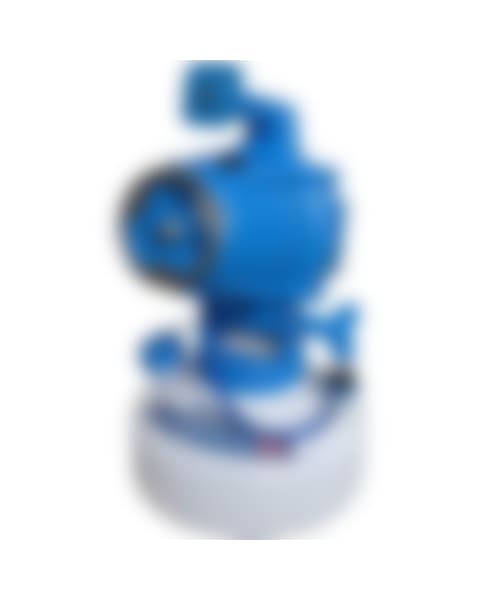
Getting Rid of Cheese Skippers
If You Have An Active Cheese Skipper Infestation, Follow These Guidelines To Exterminate Them

The Cheese Skipper has sudden, snapping movements for the body, which may cause them to jump or "skip" as much as 10 inches. They skip by curving their body into a ring, then releasing themselves. Their larvae that burrows into cheese and ham can cause internal irritation if eaten.
Cheese Skipper Control
- Sanitation is important for the control of this Cheese/Ham Skippers.
- All surfaces in storage or processing area should be entirely cleaned to remove all grease, crumbs, or meat and cheese scraps.
- Fogging with pyrethrin compounds or handheld space pyrethrins are recommended for killing adult cheese skipper flies.
Pryethrin Space Sprays
Cheese Skipper Identification and Inspection
Identification
- Size-3/16 inch
- Color: Black, shiny, with bronze tints
- The Cheese Skipper has reddish-brown eyes, and the slightly iridescent wings are held flat over the body when at rest. The entire body is only about half the size of that of the common housefly.
Inspection
Begin inspection by looking for moist sources of meats and cheeses, particularly moldy foods. Look for cured ham products and overripe ham and cheese products. Dried meats are not often infested.
- Likely areas would be processing or packaging facilities for meat and cheese products.
- Check any damaged food product, which is more likely the source of the problem.
- Cured ham products or moldy cheese may be infested.
- When inspecting for Cheese Skippers, remember that the breeding source must be moist.
- May be found in trapped grease or food in cracks of equipment.
- Decayed food in food warehouses and other facilities may be a source.
Cheese Skipper Biology and Habits
The Cheeseskipper has sudden, snapping movements for the body, which may cause them to jump or "skip" as much as 10 inches.
This fly is found throughout the United States and is an important pest of cheese and meats. The adult fly feeds on juices from breeding sources, living the short time needed to mate and lay eggs. Eggs are laid on the surface of moldy cheese or putrid meat. Around 140 eggs are laid on a food source.
The larvae avoid light and will burrow into the breeding material. After the larvae mature, they leave the breeding material and look for a dry, dark place to pupate. Under most conditions, the cheese skipper larvae complete their development in about five days. It takes as little as 15 days for this fly to develop from egg to mature adult.
Under adverse breeding conditions, Cheese Skippers can transmit diseases to humans because the fly and larvae breed on decaying organic matter. Persons who eat foods containing the larvae of cheese skippers may experience intestinal irritation.
Cheese Skipper Prevention and Sanitation
Sanitation is the first order of business to avoid and prevent a Cheese Skipper infestation. Cheese Skippers can survive on only a small amount of animal products such as the grease and trimmings from meats and cheeses.
-
Clean surfaces with hot soapy to remove all grease.
-
Use a crack and crevice tool on a vacuum cleaner to vacuum any pieces that are hidden.
-
Afterward, seal cracks and crevices to keep these flies out.















